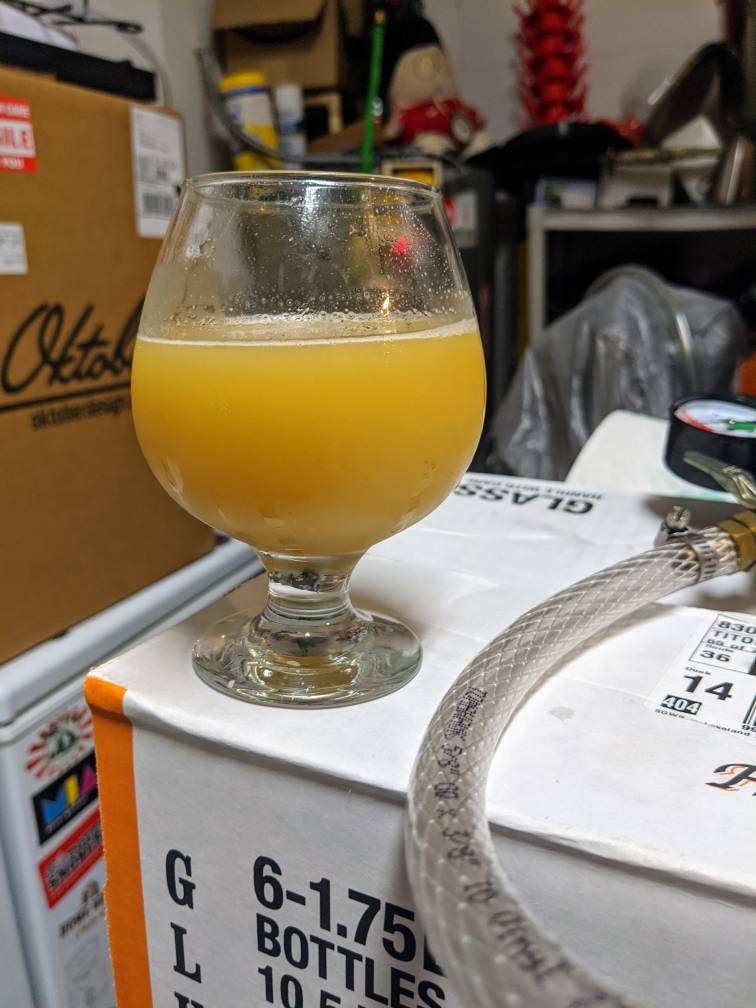Looking for a little more long lasting aroma "pop"!
Context: I'm a brand new brewer and Ive now kegged two beers, both NEIPAs: First one was Citra/Mosaic/Galaxy, Second one was Citra/Mosaic/Idaho7. Both have identical grain bills and both have 12.50oz of hops (5 gal finished batch, - 6gal in fermenter when dry hopping). 6.5oz hot side: .5oz first wort hop, 3oz in 5min boil, 3oz whirlpool. 6.0 cold side: (all after fermentation completed and after soft crashing and raising temp back to 68 degrees for dry hopping). 3oz dry hop at 3 days prior to kegging and another 3 oz 48hrs prior to kegging. Both beers were extremely smooth with zero harshness when kegging. Both had great aroma at kegging, although I personally liked the galaxy one better as it was more fruitier than the second which had more pine (which I still liked a lot).
Given my DH temps (68 degrees) and my dry hop rates (2 quick doses of 3oz each), anyone have any suggestions on how to maintain or enhance the aroma "pop"? FWIW, my first beer was kegged on 1/25 and while the aroma is still good, I now have to swirl it in glass to get that similar aroma pop I got when I kegged it. Ive noticed the flavor has enhanced on the first beer with almost a week of keg conditioning (too soon to tell on second beer as I just kegged it on saturday), but the aroma seems to have lost some of that pop. Wondering if the warm DH temps helps create the nice aroma initially but a more "fragile" aroma with lesser stability compared to colder DH temps i.e. 58ish degrees OR Im just not having enough of a dose of dry hop.
Both beers turned out great (with zero reference to others because they were my first two!

) but just want a little more aroma "pop" that would be as prominent as when I kegged them. Wishful thinking? I do have a closed fermentation system but have to open the fermonster when dry hopping but do so when CO2 is purging the headspace. I also don't detect any obvious signs of oxidation but Ive heard aroma is the first thing to go.
Any thoughts on how better to retain that initial aroma pop climbing out of the glass? I'm sure my dry hopping technique will improve with practice but wasn't sure if cooler temps at like 58 degrees of dry hopping OR just using an ounce or two more hops on the cold side would help with a more long lasting aroma pop.
EDIT: Ive also followed suit by posting my "beer-porn-esque" pic of my first home-brew! exceeded my first brew expectations overall.































![Craft A Brew - Safale BE-256 Yeast - Fermentis - Belgian Ale Dry Yeast - For Belgian & Strong Ales - Ingredients for Home Brewing - Beer Making Supplies - [3 Pack]](https://m.media-amazon.com/images/I/51bcKEwQmWL._SL500_.jpg)




























